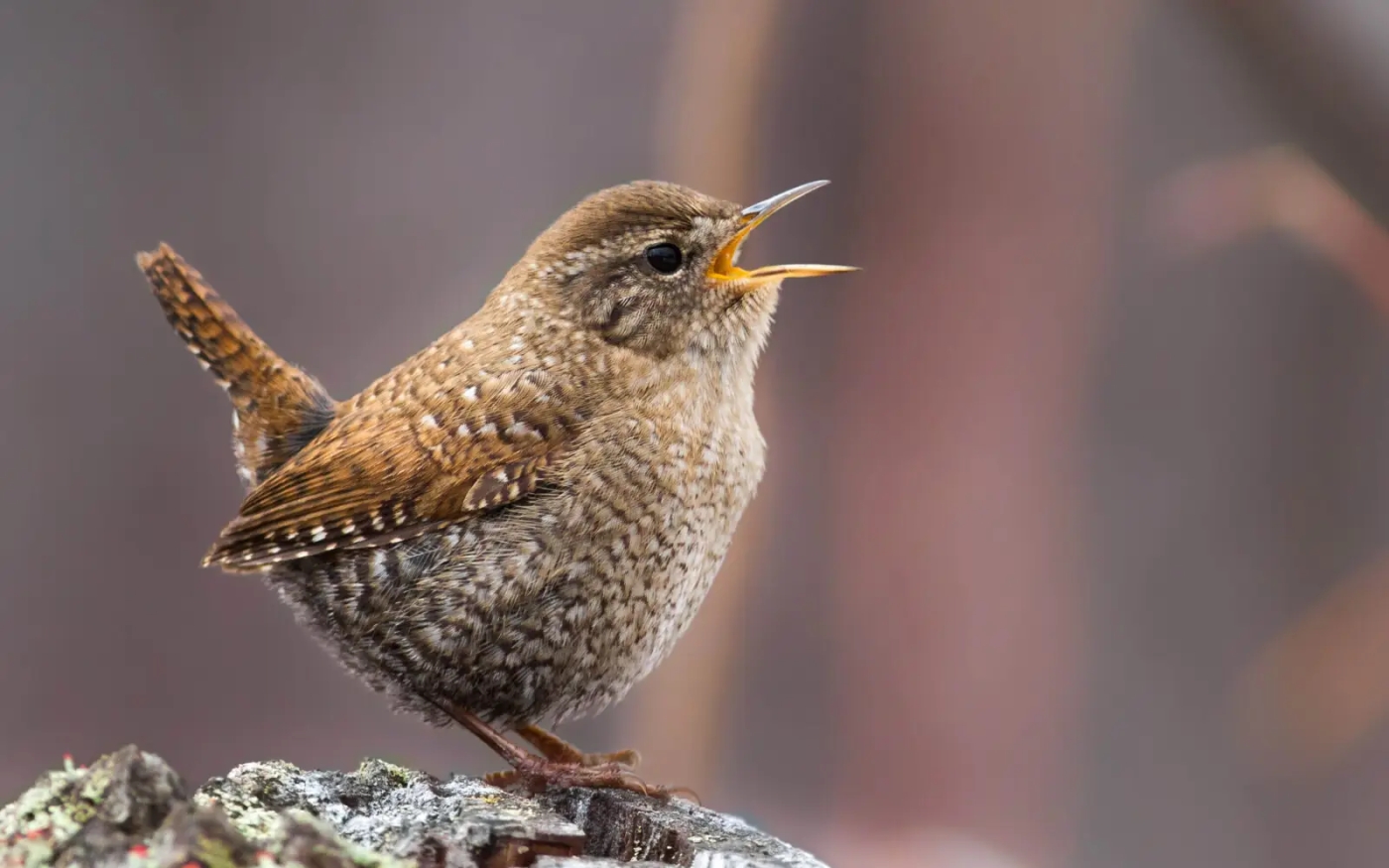Listen to this episode here!
Transcript 4/13/24:
It’s uniquely refreshing to roll down the window while driving at night this time of year to be greeted by cool, damp air rather than a blast of frigid, harsh cold—you just need to be hypervigilant to keep an eye out for amphibians crossing the road. Welcome to The Nature of Phenology where we share the cycles and seasons of the outdoors. I’m your host, Hazel Stark.
There’s something about those first warm days of true spring that provide a feeling of anticipation combined with satisfaction unlike any other time of year. The English language just doesn’t have an adequate word for it. “Apricity” describes the warmth of sun in winter. But what’s the spring version? Recrudescence describes “breaking out afresh” after a time of rest, so that’s fitting. Risorgimento describes a period of rebirth or renewed activity, so that also fits. Spring is also “incalescent:” increasing in heat. But none of these really describes my feeling of hunger for being outside as much as possible in the damp, warm air of spring before the biting insects hatch, listening for new birdsong which seems to arrive one at a time this time of year. And there’s one bird in particular that stops me in my tracks the longest: [winter wren sound] the winter wren.
While these birds are small and adorned with various subtle shades of brown with a pale eyebrow, they are anything but inconspicuous. In addition to their loud song, which they belt with ten times more power than a crowing rooster proportionate to weight, they move around with their tails perked up at an angle, bobbing up and down like they’re doing squats. The word “wren” comes from an old German word meaning short tail, and once you see the unique way a wren holds its short tail, you won’t confuse them for any other bird.
However, you might confuse a winter wren with a mouse. Because they are so well camouflaged in the forest understory, their hopping and scurrying among logs and roots gives the impression of a rodent scavenging for food, not a bird. Winter wrens primarily eat bugs, so they probe the crevices of decomposing bark, wood, and roots, hopping along the ground, peeking under vegetation in search of a beetle, ant, caterpillar, or spider meal. When they’ve exhausted an area, they’ll suddenly fly low to the ground over a short distance to search another low-lying area, or even occasionally cling to a tree trunk like a brown creeper to search for insects there.
Contrary to their name, winter wrens do not spend winters here in Maine. But they do migrate back to the area in early spring and leave late in the fall. And now in early spring, they are not restricted to their typical ground-dwelling habits. Males in search of a mate fly up to a high perch to sing their long, complex song [winter wren song]. Besides perhaps the crack of a large stick or movement of many branches only accomplished by a moose or a bear walking nearby, no forest sound stops you in your tracks as consistently as the long, seemingly unending song of the winter wren. That’s my first clue for identifying its song, in fact: if I think it should end any second, but it just keeps going, I can be pretty sure it’s a winter wren.
Males first build a variety of nests in their territory. Then he perches up high, singing, and swishing his tail side to side. Once a female is interested, he gives her a tour of all the nests he has built and she chooses her favorite.
So the next time you’re outside, perhaps on an early morning when the sun is bright and casting golden rays to the dense forest floor among evergreens, you could listen for the long, beautiful song of the winter wren. Keeping woody debris in your backyard forest, like fallen trees and decomposing logs that provide ideal insect habitat, is just one way you could help meet the needs of these native birds.
You can find a link to the transcript, photos, information about podcasting and more by visiting archives.weru.org. Winter wren song courtesy of wildearthvoices.org. Thanks for listening and please join us next week for another dive into The Nature of Phenology.
References:
20 Fancy Spring Words For Your Budding Vocabulary. (2023, March 20). Dictionary.com. https://www.dictionary.com/e/spring-words/
Winter Wren. (2014, November 13). Audubon. https://www.audubon.org/field-guide/bird/winter-wren
Winter Wren Overview, All About Birds, Cornell Lab of Ornithology. (n.d.). http://Www.allaboutbirds.org. Retrieved March 21, 2024, from https://www.allaboutbirds.org/guide/Winter_Wren/overview
Wren (Troglodytes troglodytes) | Ireland’s Wildlife. (2012, June 21). https://Irelandswildlife.com/. https://irelandswildlife.com/wren-troglodytes-troglodytes/

Leave a comment